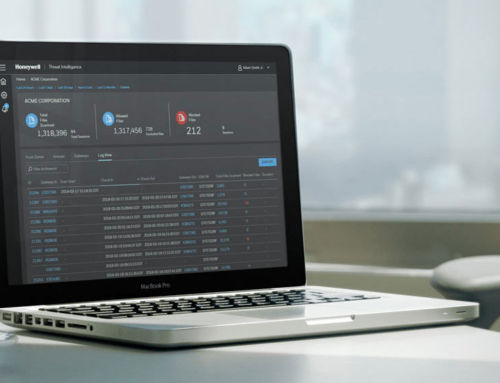The Revival of Loan Origination Through Technology
Long before fintech custom development was popular, mortgage loan origination was frequently cited as a job category likely to be decimated within a few years. The volume of paperwork generated by each loan application, coupled with the time crunch required to settle home sales, all within a highly regulated industry, seemed positioned as a process ripe for simplification that would move swiftly to automation. The profession seemed likely to be heading down the path of the knocker-upper – a profession that became irrelevant after the invention of the alarm clock.
Decades later, that hasn’t come to pass. Slightly more than three hundred thousand people in the United States make their living as mortgage originators today. Moreover, recent projections from the Bureau of Labor and Statistics suggest that while the sector isn’t expanding, neither is it contracting.
At its base level, the industry has come to terms with the idea that mortgages aren’t as simple as once thought. Whereas technology previously was supposed to replace loan officers, the industry has focused on introducing software specifically able to enhance the efficiency of those who work within it. One of these programs is PerfectLO, a fintech solution coded by Ascendle.
How a Market Crash Saved a Job Title
What happened to spare the profession of mortgage origination? Ironically, the real estate crash of 2008.
Before then, there was a trend toward applications known as “low doc” or even “no-doc” loans, lending products that didn’t require proof of income. For a long time, such loans had been favored by a specific class of consumer, often those that were wealthy, if decidedly less so on paper. However, in the market run-up soon after the year 2000, these loan products were more commonly marketed to consumers who wished to provide documentation for more straightforward reasons; these documents often proved that the consumer wasn’t necessarily able to make timely payments. In some cases, consumers applied for those loans because it was the only way to be approved.
When the market dove and banks found themselves foreclosing on homes, it signaled a return to the era of paperwork. “Trust but verify” came back to the banking industry in spades.
These increased compliance requirements elevated the mortgage banker’s position to be more necessary than previously envisioned. The trusted counselor role of the loan officer came back in favor, while the requirements for the documentation remained heavy, if not more serious. Peak profits wouldn’t be achieved by collecting fewer documents, after all, but by doing so more efficiently.
Fintech Custom Development for PerfectLO
From the beginning, PerfectLO made two critical technology decisions. These choices prioritized the product backlog and brought the fintech product to market sooner.
A key component to the architecture was the ability for the software to be customized for different banks and brokers. Today’s lenders have a wide assortment of loan products to sell, yet most tend only to utilize those that support their bank charters. Condominium lenders have different requirements than construction lenders, for instance.
PerfectLO wanted to ensure that they could build their software in a manner that supported their individual customers’ product offerings and documents, regardless of what that might be.
Equally crucial to the decision of what PerfectLO should be is what it wouldn’t be. Many software providers had already come to market with comprehensive products that included marketing automation to nurture prospects, CRM to store their information, loan submission portals, and finally, communications through settlement. Yet, PerfectLO focused explicitly on the loan application itself, abstaining from entering the CRM or marketing automation category.
Thus, an open architecture was required, utilizing APIs to allow a variety of CRMs to communicate with PerfectLO. This decision was instrumental in bringing focus to a company trying to establish its position in the marketplace.
Sometimes, software vendors build too much flexibility into their products, whereas others struggle with none whatsoever. In the case of PerfectLO, they made the decision to offer a fintech custom development solution with maximum flexibility built into its core offering while equally deciding not to pursue other industry elements.
Within its core functionality, PerfectLO included multi-language support and custom notifications; both features address complications that happen to loan officers while obtaining all of the documentation necessary to fund a loan. Again, a fundamental understanding is that having 90% of the necessary documents equates to having none of them when dealing with compliance. Thus, PerfectLO was engineered to facilitate the collection of all required documents.
Today’s PerfectLO’s open architecture allows it to pursue customers, regardless of their CRM. Moreover, the flexibility within the portal allows for ample customization in a swiftly changing industry. Today, if you’re a loan officer, that solution likely sounds perfect.
If you’re thinking about your next project, please check out “Fintech Development Outsourcing – 10 Essential Questions to Ask Your Vendor,” our blog post to help identify the criteria that matter most.




